NEWS
Thriving ecosystem under Antarctic sea ice LINK
The world stronger ocean current is at risk LINK
Global sea level rose faster than expected in 2024 LINK
IN-DEPTH BLUE & BUSINESS
Carbon emissions and the impact on the sea: When talking about carbon emissions, the focus is often on climate change and the effects these have on the earth's atmosphere. However, there is another front, less visible but equally important, on which CO₂ emissions have a direct impact: the health of the ocean. For a company, calculating its carbon emissions is not just a matter of environmental reporting, but a crucial step in understanding and managing its systemic impacts, including those on marine ecosystems, now among the most vulnerable.
About 30% of the CO₂ released into the atmosphere by human activities is in fact absorbed by the ocean. This phenomenon, known as the marine carbon sink, partly mitigates global warming but has a critical side effect: ocean acidification. When CO₂ dissolves in water, it forms carbonic acid, lowering the marine pH. This compromises the calcification of marine organisms such as corals, molluscs and crustaceans, and triggers a chain of negative effects on biodiversity, fish stocks and coastal communities. In a business-as-usual scenario, these impacts will also increasingly be reflected in the economy and food security.
Calculating carbon emissions according to international standards - divided into Scope 1 (direct emissions), Scope 2 (indirect emissions from purchased energy) and Scope 3 (emissions along the value chain) - means equipping oneself with an awareness tool. Scope 3 emissions often include activities related to maritime transport or the production of materials that affect coastal and marine ecosystems. Through this process, a company can identify the areas with the greatest environmental impact, take corrective measures, improve its efficiency and, last but not least, transparently communicate its progress to customers, investors and the community.
Once calculated, emissions provide an objective basis for setting reduction targets (such as Science-Based, SBTi), evaluating investments in offsetting (carbon offsetting), reviewing the supply chain from a low-carbon perspective, and improving transparency in sustainability reporting (ESG reporting). In addition, emissions analysis enables the identification of physical and transitional risks related to climate change, improving corporate resilience in the medium to long term.
Companies operating directly or indirectly in sectors related to the sea - from fishing to tourism, from logistics to derived products - must also consider their contribution to the impact on the ocean. Assessing their carbon footprint not only allows them to reduce damage, but also to adopt regenerative practices, such as supporting marine reforestation (e.g. seagrasses, mangroves) or developing sustainable blue supply chains.
Integrating emissions calculations into business strategy is now an imperative, not only for regulatory compliance or public image, but to ensure a real ecological transition. Understanding how emissions impact the sea means recognising the link between climate, environment and business. Every tonne of CO₂ avoided is a concrete contribution to protecting the ocean - and to building a more stable and resilient future for all.
SUBSCRIBE TO OUR NEWSLETTER: LINK









